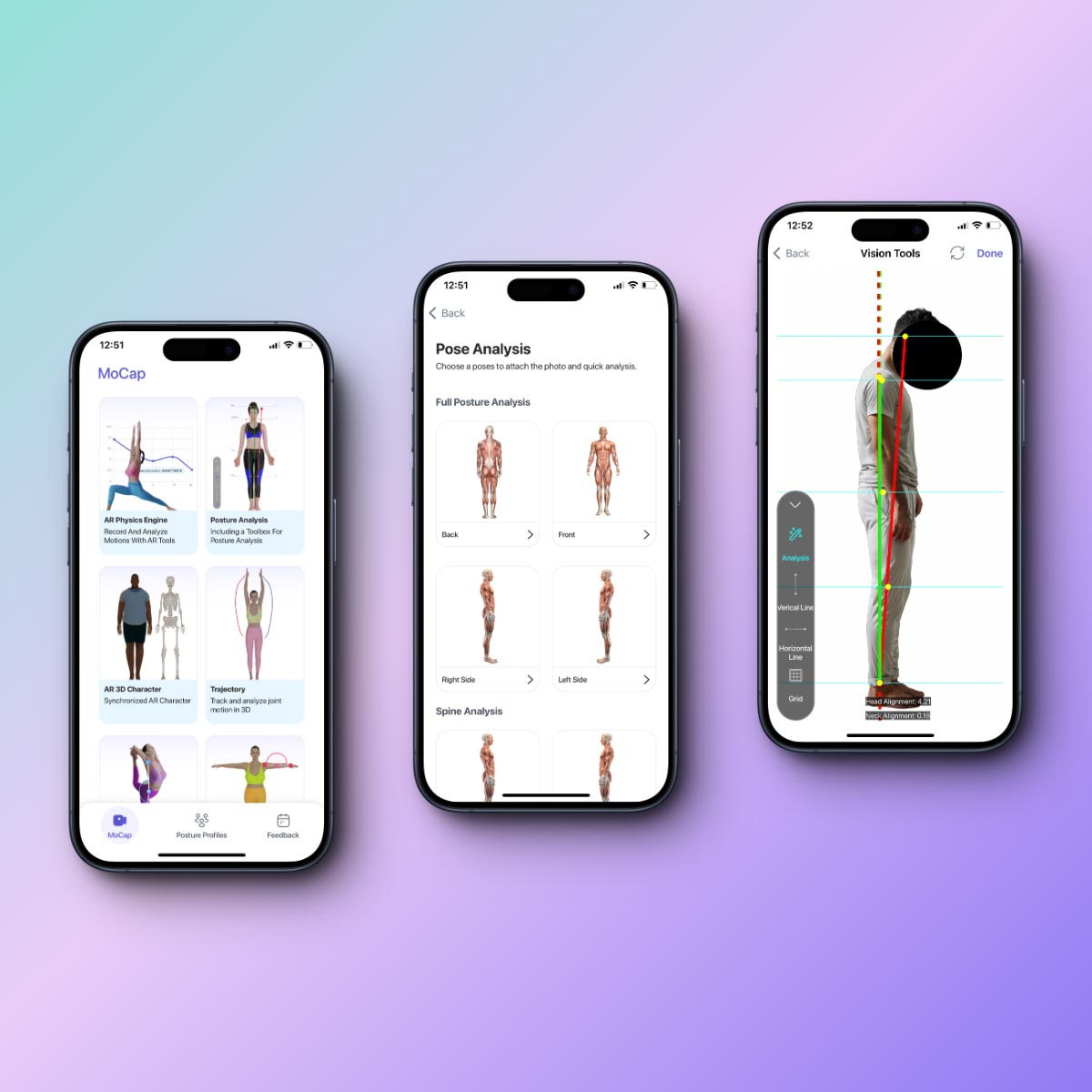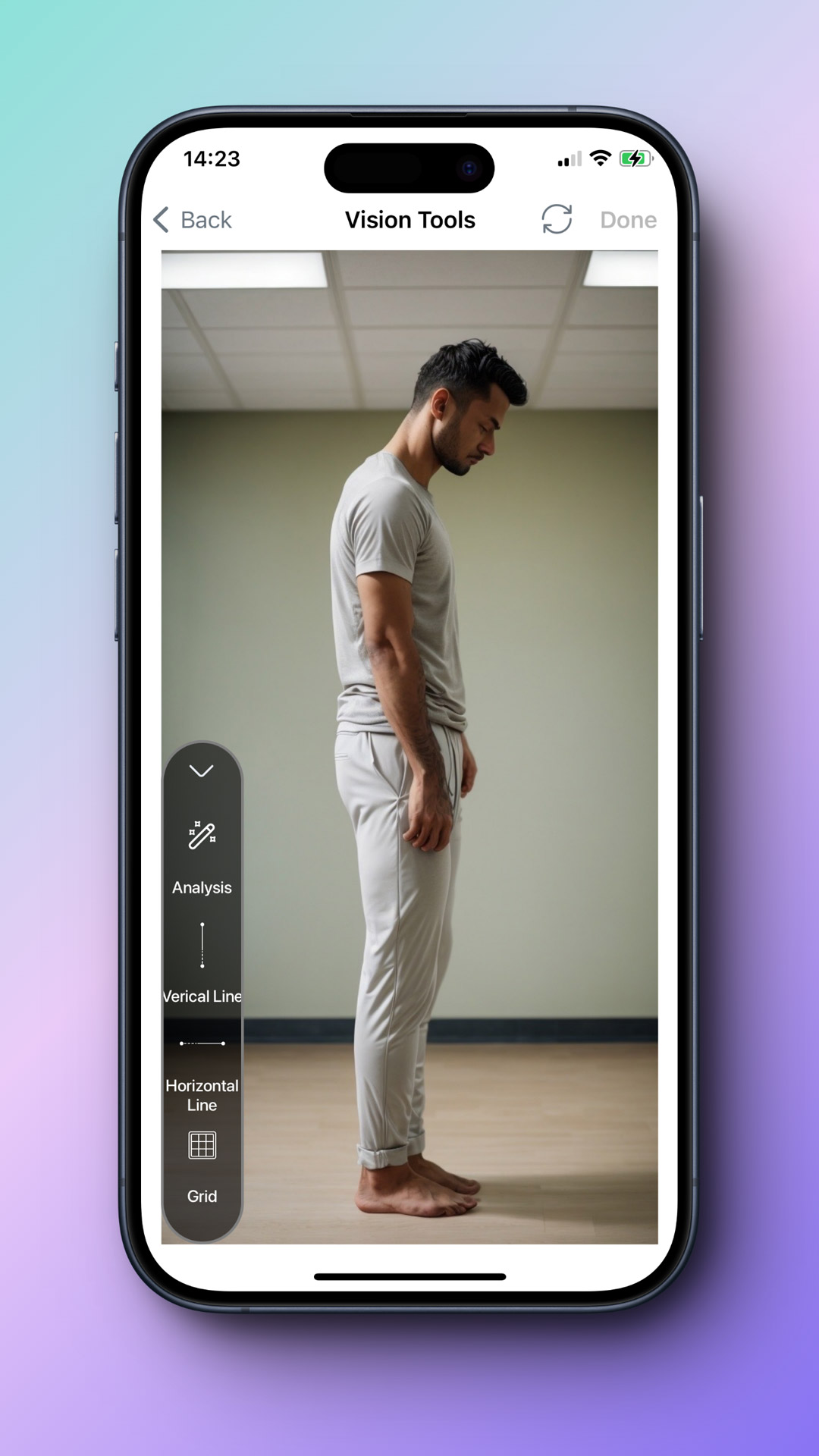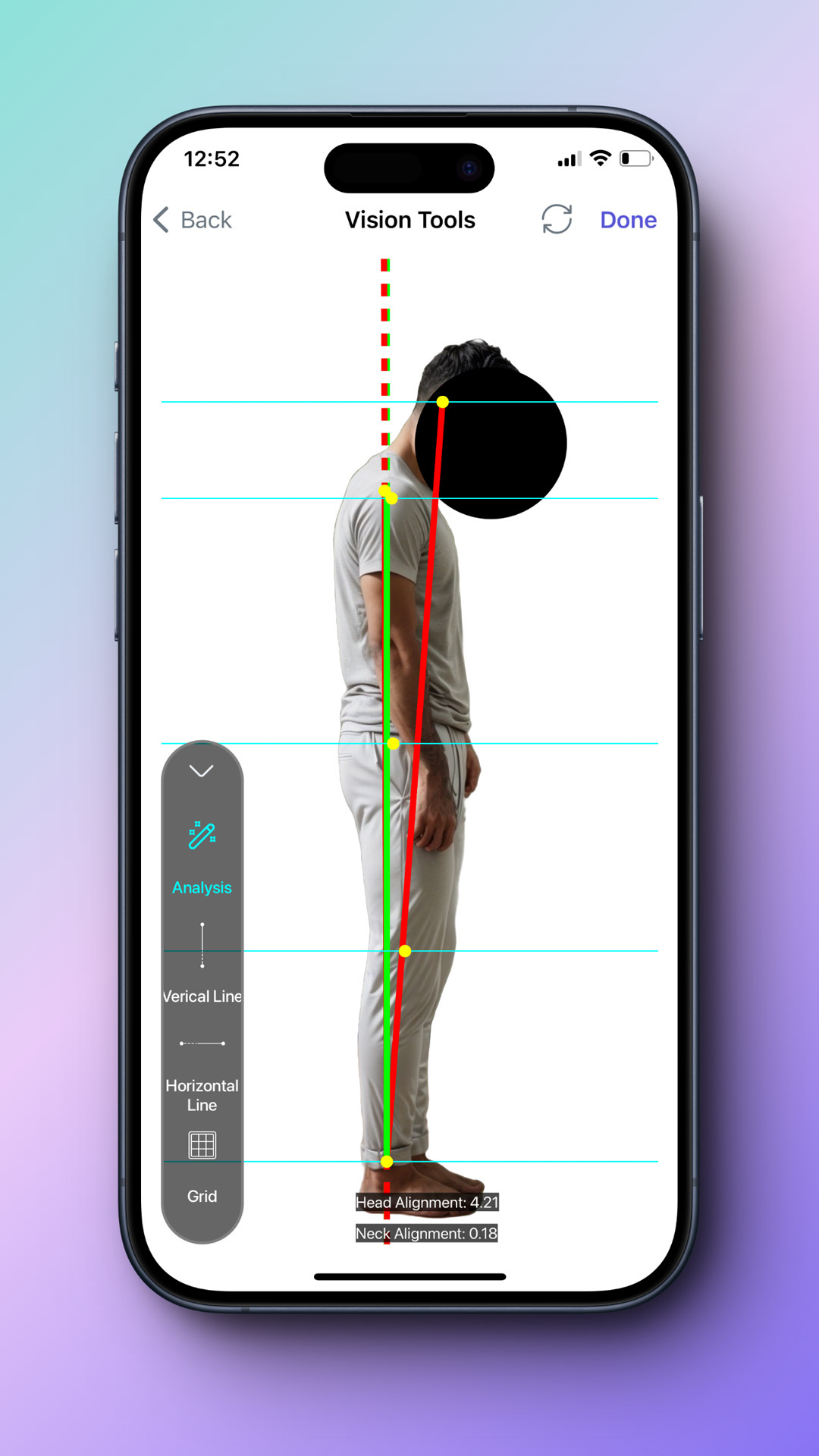
Understanding Forward Head
Forward head posture, sometimes called “text neck” or “computer neck,” is a common issue where the
head protrudes forward more than it should relative to the rest of the body, often due to poor posture
habits. This condition is increasingly common in the modern world where many people spend hours hunched
over computers, smartphones, or other devices.
Causes:
• Prolonged Sitting: Spending long hours at a desk or computer.
• Smartphone Usage: Constantly looking down at phones or tablets.
• Poor Posture: Lack of awareness about correct posture.
• Weak Muscles: Weak neck and shoulder muscles can contribute to poor posture.
Tips:
• Progression: Gradually increase the duration and intensity of exercises as comfort
improves.
• Consistency: Encourage daily practice, even on active recovery days, for better
results.
• Listen to the Body: If any exercise causes pain or discomfort, it should be stopped.
Symptoms:
• Neck pain: Persistent discomfort or pain in the neck.
• Stiffness: Restricted range of motion and stiffness in the neck.
• Headaches: Frequent headaches, especially at the base of the skull.
• Shoulder tension: Increased tension and discomfort in the shoulders.

To recognize forward head posture, you may upload two lateral images—one from the left side and one from the right side—for posture analysis. We will calculate the head position angle as the metric for the forward head posture analysis.
Two lateral side photos of the subject is required to analyze forward head posture using the posture analysis feature in our FlexiTrace app. Please capture two side-view image showing the full body - from head to feet.


Our analysis tool calculates and displays exact head and neck angles, highlighting deviations from proper alignment. Simple visuals help analysing forward head issues. Track improvements over time as you work to correct posture.